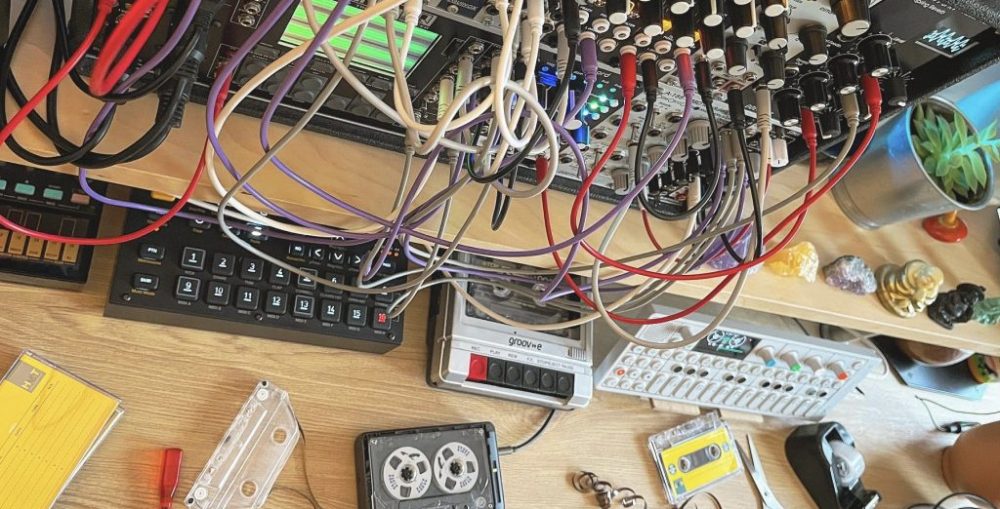With the fields recordings back in the studio I had something that made everything come together; I added them to the project and I equalised them and compressed accordingly, as well as the rest of the clips. I also recorded a bass sound and a synth lead using MIDI automation and Moog Mavis, this additions resulted on a better progression overall and made the track more interesting. Finally I mixed and balanced all channels and increase a bit the gain on the master channel to get more volume, now I’ll just need to render the whole track and it’s ready to upload!
This project has been very regarding and I have enjoyed every step of the process; this is the last assignment this year, looking forward to complete more units on Year 2.

